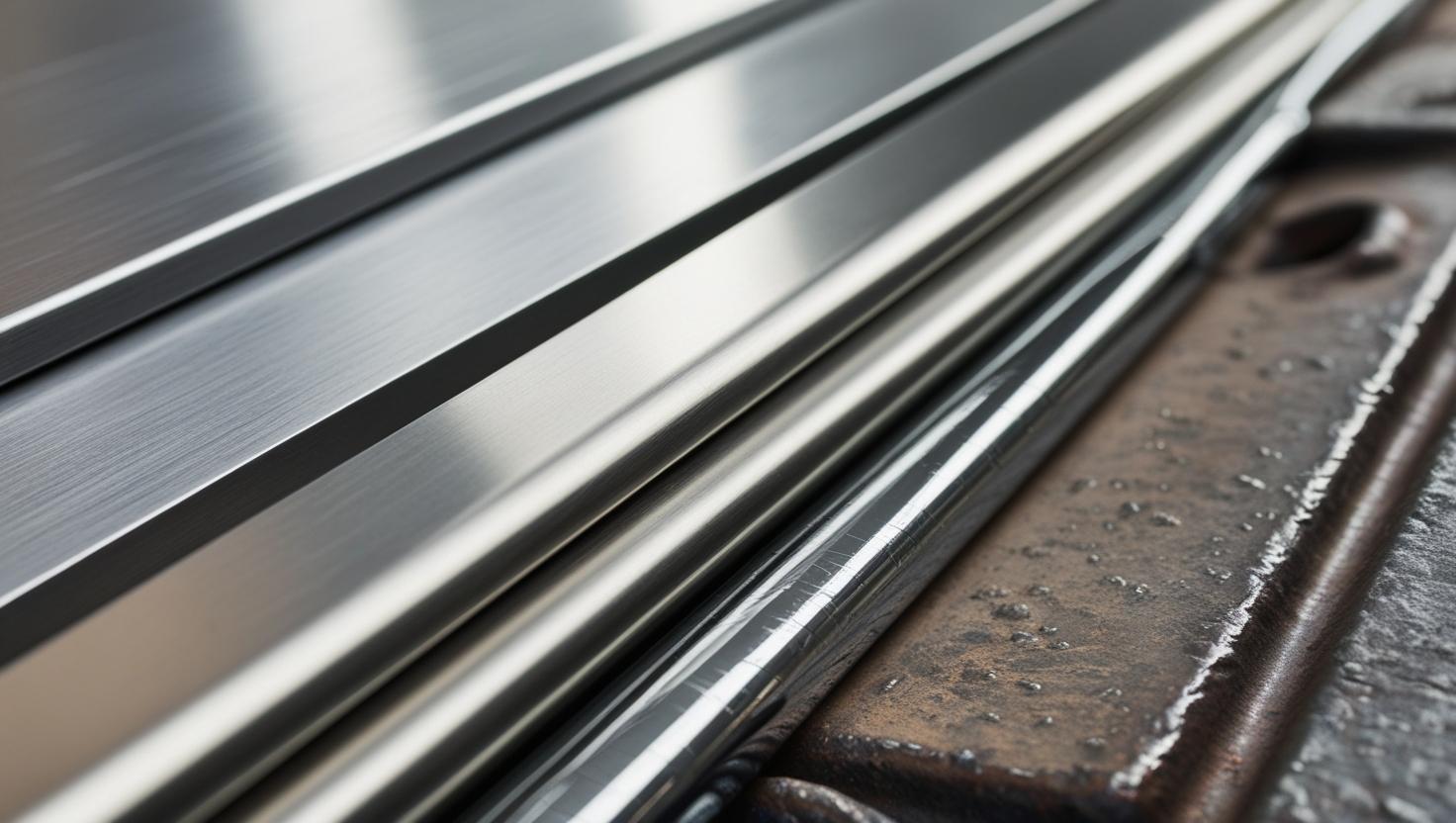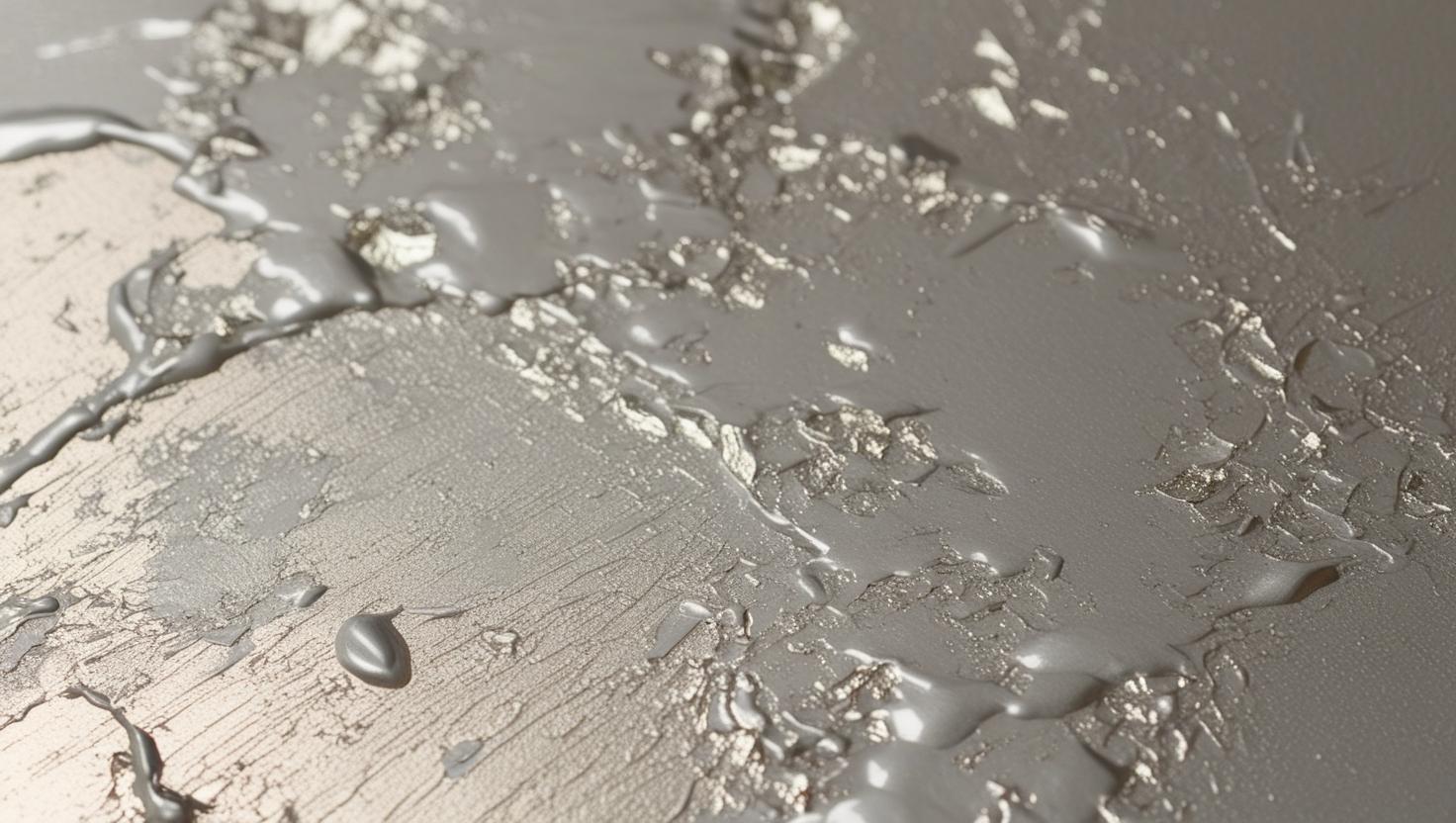At one point or another, painters are frequently asked to paint metal for a variety of reasons, including aesthetic or protection. Therefore, choosing the right paint is crucial since it will affect its durability, lifespan, and final appearance. Here, we’ll go over what paint types are suitable for metal surfaces, how to get the surface ready for painting, and how painting needs to be done.

Understanding Metal Surfaces
Metal surfaces have certain characteristics before emphasizing on the types of paint that are used. Metal can be from outside structuring such as fences, sheds, garages, to kitchen utensils, household appliances, or tools among others. Every kind of metal such as steel, aluminum, copper or galvanized surface is likely to demand diverse surface treatment and paint because of dissimilar characteristics.
Common Metal Types:
Steel: It easily gets rusty; normally needs to be primed.
Aluminum: They do not rust but oxidize, need a special kind of primer usually.
Copper and Brass: Transform as they turn into a patina; may require a specific type of paint or such alterations.
Galvanized Metal: This is a type of metal that has been through the process of galvanization that protects it from rust and for it to undergo painting it needs special primers.
Types of Paint for Metal
Below are some of the solutions which you can apply for painting on metal:
- Acrylic Latex Paint
One of the numerous factors that contribute to the popularity of acrylic latex paint for painting is its versatility. It is appropriate for metal interior projects where surface rusting is not a concern.
Advantages: It is easy to clean this surface by washing with water, and the product dries fast, as well as has little smell.
Cons: The procedure may need a primer coat due to poor contact on the surface such as material that has a glossy finish.
- Oil-Based Paint
Traditional ref coats using oil-based material offers long life cycle and shining finish and hence it will be suitable for metal internal as well as external applications. It has a good binding rate, which ensures that it does not wear off easily from the surface on which it is applied.
Advantages: Solvent adhesion, wear resistant, and chemically resistant to a certain degree.
Cons: The stench is noticeably stronger, the drying period is longer, and, lastly, it necessitates the use of solvents for cleaning.
- Epoxy Paint
Epoxy paint is suitable for areas that undergo a lot of rubbing, e.g. the garage floors, external verandahs and any industrial use equipment. One of the distinctive features is that it has a very strong and highly resistant to various chemicals and abrasion.
Advantages: The product is extremely hard-wearing, chemically resistant, and offers the hardness of a finish.
Cons: Quite complex to be used in the application, the surface needs to be prepared in an effective manner.
- Enamel Paint
Enamel paint has an affinity for metal and has always been a popular choice as it offers a hard glossy surface. The paint is usable both indoors and outdoors, and is weatherproof.
Advantages: This one has a hard surface, a polished surface finish and can be easily washed.
Cons: It has long drying times.
- Powder Coating
Although it is a dry procedure, this efficient metal finishing method does not belong to the paint category. It involves applying a powder substance and then heating it to create a layer that resembles skin.
Advantages: It is very hard wearing, compliant to environment, and create flat surface.
Cons: Calls for specific kind of equipment with a relatively higher cost than that of normal paint.
Preparing Metal for Painting
Suitable preparation of the surface ensures that the paint bonds well and also last for a long time.
Cleaning the Surface
Wipe the Surface with Soap: Cleaning the surface of dust and dirt is the first step to take before proceeding with the concession. For difficult stains, use a soap solution for cleaning, in cases where the grease or dirt is hard to come by.
Remove Rust: Use a wire brush or sand the object to remove the rust.
Wipe Clean: Once rusting has been eliminated, one should wipe the surface again with a wet material to get rid of any airborne particles that may be remaining on the surface after the rusting process is complete.
Priming the Surface
Another important step which is very important is priming since it is essential to promote the adhesion between the paint and the surface which is mainly on metals that rust.
Selection of Primers: Rust retarding for steel work and a direct to rust for board like surface of aluminum.
Even Spread: Use a brush, roller, or spray for spreading a layer of primer. It should be allowed to dry and after that just as the manufacturer directs on the use of the product.
Painting Tips
After that, when your metal surface is ready and has been primed, it is ready to be painted or coated.
Here are some tips to follow so as to achieve professional polish:
Tools and Techniques
Brush or Roller: Small surfaces only while a spray gun is best for large surfaces and surfaces with complicated designs.
Thin Coats: Apply thin, even coats of paint. Apply several thin layers as this averts formation of blurs or drips on the material.
Drying and Curing
Allow Proper Drying Time: The appropriate drying time between coats of paint should be done in accordance with the instructions given by the manufacturer of the paint.
Treat the Paint: Most paints are prone to eventual hardening and therefore it is necessary to treat some of the paints for them to get to this state. It can take perhaps several days depending with the type of paint being used and weather conditions.
Maintenance and Care
In order to ensure that their surface painted metal will stay longer in its original quality it is best to maintain them properly.

Regular Cleaning
The exposed painted areas should be washed suing a mild dish-washing liquid in water. Cleaning agents should not be too harsh on the paint as it may have an adverse effect in removing it.
Inspect for Damage
Usually, chipping or rust indicates that the paint has damaged the surface of the car and this must be checked regularly. Make sure you address such problems as soon as possible to avoid worsening of the condition.
